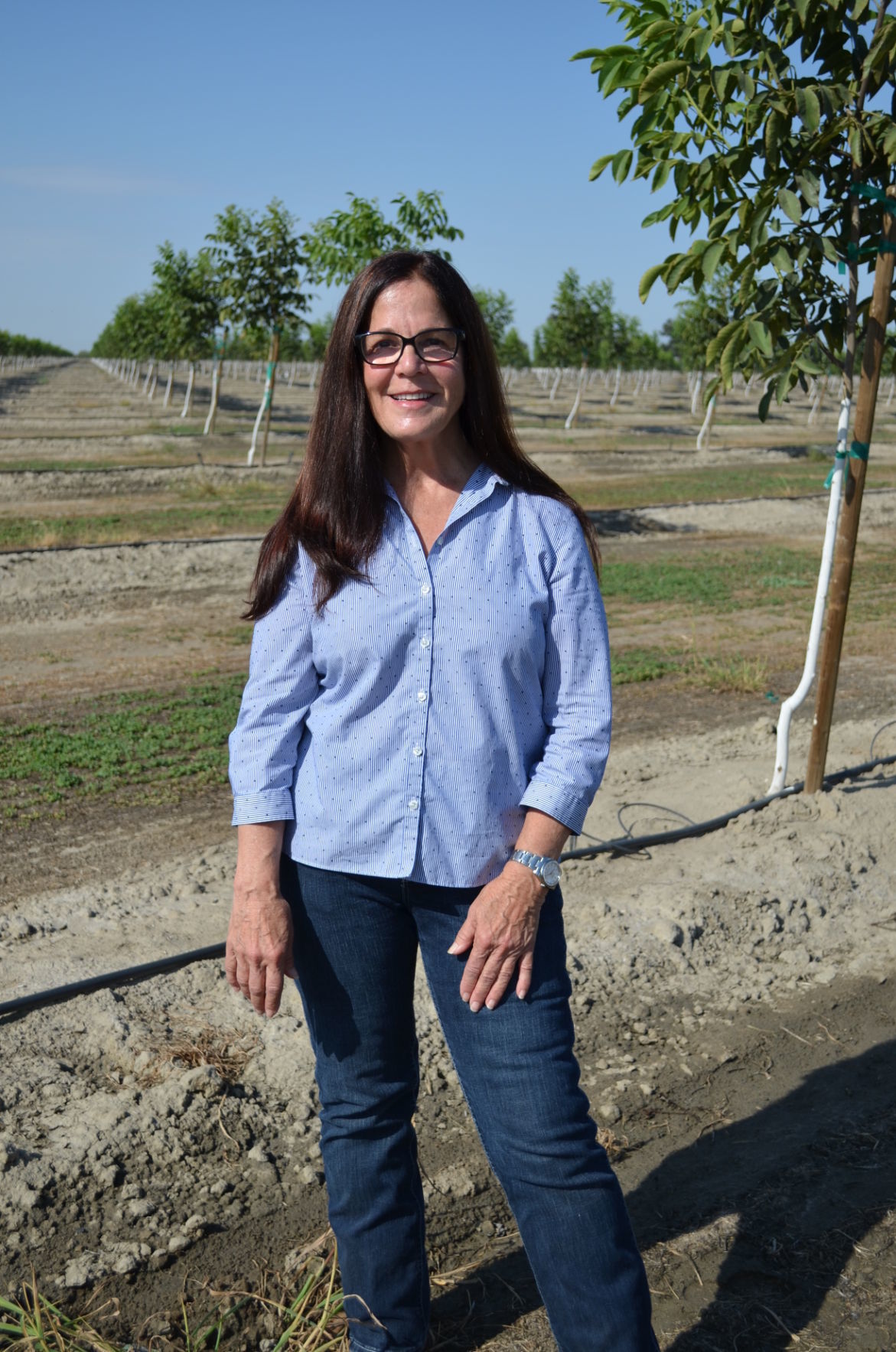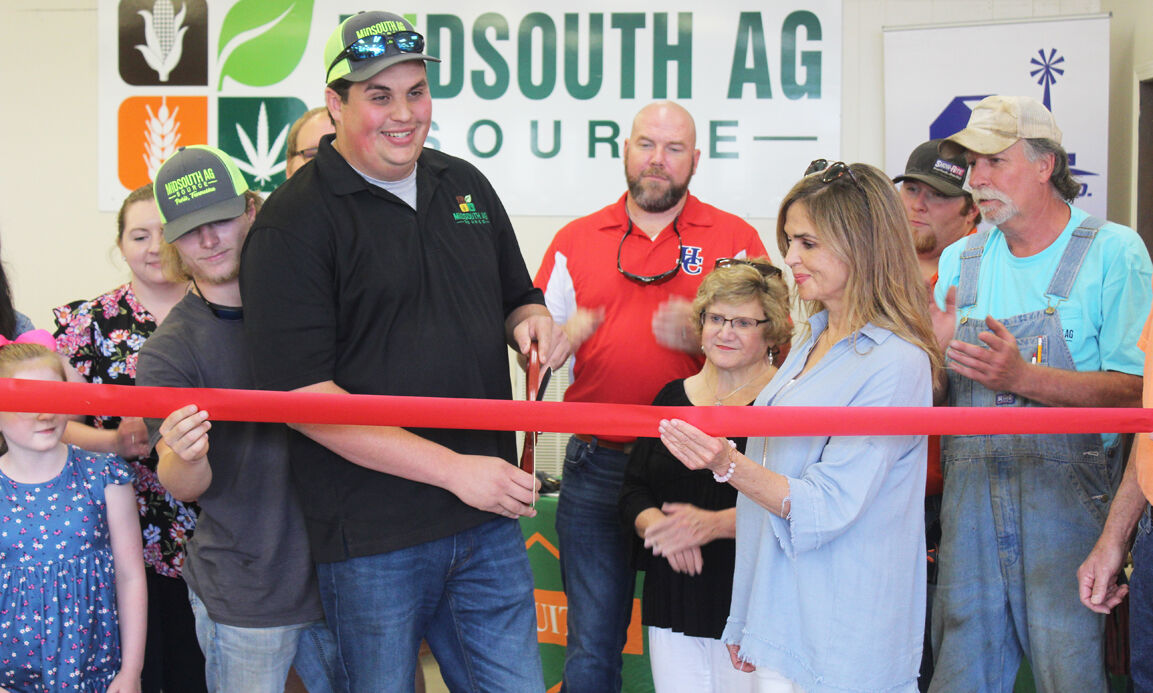

And climate change had undeniably made it more intense, longer lasting, and much more likely to have occurred. That period, they found, was the most intense in the last 1,200 years. Last year, in fact, a team of climate scientists determined that the region was trapped in a “ megadrought” that had continued, with brief intervals of historically more normal wetness, since 2000. That climate, along with historically rich soils, drew the industry to the region in the early 20th century, a time when water was being supplied plentifully to farmers across the state, the outcome of giant federal and state infrastructure projects that ferried water from the wetter northern half of the state toward the south.īut that water has become increasingly scarce, for reasons both political-as the state (and entire Western U.S.) confronts the ongoing overdraft of its invaluable water resources-and climate driven, as a warming planet “ aridifies” the region, altering the very expectations about how much water will fall from the sky. (Tomatoes don’t like getting their leaves wet). Long, sun-drenched summers with little or no rain is a “pretty perfect environment for tomatoes to grow,” he says. “California is pretty unique in terms of its climate,” explains Tapan Pathak, an agriculture and climate expert at University of California, Davis. And within the U.S., just about all those canned tomatoes-more than 30 percent of canning tomatoes in the world-come from a 300-mile long strip of California from Bakersfield to Yolo County. Most of the time, people aren’t eating fresh tomatoes-they’re using canned, or paste, or eating them in pasta sauce, pizza sauce, soup, and all the other products made from tomatoes. The agricultural apparatus that keeps them available year-round is staggering. The average consumer eats more than 30 pounds of them, or about 20 percent of their total vegetable intake, a year. The scale of the obsession with tomatoes in the United States, where they’re the second most-consumed vegetable after potatoes, is enormous. So this year, amidst an ongoing drought, everyone is hoping for a tomato-shaped success. And even a 10 percent production drop left canners-who provide the tomatoes that become our pizza sauce, pasta sauce, and ketchup-in a tight spot. That may not sound like a big deal, but it is, because California grows 90 percent of the country’s canning tomatoes-the second most valuable produce product the state exports. The 2021 heat wave had big consequences: By the end of the season, growers across the state delivered about 10 percent less than the expected crop. But now, “it feels like we’re all dealing with a lot all at once.”Īnd now, tomatoes-one of the most culturally beloved vegetables in the country-are starting to feel the pinch.

“Usually we’re dealing with one problem at a time,” says Mike Montna, president of the California Tomato Growers Association. But it’s playing a role familiar to agriculturalists and experts around the world: It’s simply making everything harder. Warming winters are allowing pests and diseases to nose farther and farther north into new tomato territory.Ĭlimate change isn’t necessarily the top-of-mind pressure for California growers. The effects are sometimes obvious, like the heat wave (made 150 times more likely by climate change), but also manifest more subtly: The climate-exacerbated ongoing drought has left growers far short on water, for instance. But climate change is intensifying the challenges, making it harder to grow beloved foods like tomatoes. Weather problems affect agriculture all the time. Those that already had been pollinated simply fell off and produced no tomatoes. The result? Many flowers “aborted,” withering on the vine. Tomato plants aren’t particularly delicate, but they have limits-especially in their young, tender moments when their spikey yellow flowers bloom.

Toward the south end of the valley, many farmers had only just planted their crop of tomatoes, and the heat wave hit at the exact worst time. For days, temperatures spiked above 100 degrees Fahrenheit, well over the 30-year average. FRESNO COUNTY, CALIFORNIAIt got really, really hot early last summer in California’s Central Valley.


 0 kommentar(er)
0 kommentar(er)
